Consider a quiet moment in a bustling city park, where a small group gathers on a crisp morning, eyes closed, hands resting lightly on their knees. Their breaths synchronize—slow, deliberate inhales followed by measured exhales. This scene, increasingly common across the U.S., reflects a growing interest in breath regulation. Far from a fleeting trend, it’s a practice rooted in harnessing the body’s natural rhythms to manage stress, focus the mind, and even ease physical tension. In a world often defined by relentless pace, these individuals are turning inward, seeking control through something as fundamental as air. Breath regulation isn’t just about breathing better; it’s about reclaiming a sense of balance without reaching for a prescription. What follows are 15 distinct breathwork techniques that offer accessible, medication-free ways to regulate both body and mind, each with its own purpose and approach.
1. Diaphragmatic Breathing for Foundational Calm

Start with the basics. Diaphragmatic breathing, often called belly breathing, engages the diaphragm fully, allowing deeper oxygen intake. Lie down or sit comfortably, place one hand on your chest and the other on your abdomen. Inhale through your nose, feeling your belly rise while your chest stays still. Exhale slowly. Studies from institutions like the National Institutes of Health show this method reduces cortisol levels, the stress hormone. It’s a grounding technique, ideal for beginners seeking calm amidst daily chaos. Try it for five minutes during a lunch break; the shift can be subtle yet profound.
2. Box Breathing for Instant Focus

Used by Navy SEALs to sharpen concentration under pressure, box breathing follows a simple 4-4-4-4 pattern. Inhale for four seconds, hold for four, exhale for four, and hold again for four. Repeat. This structured rhythm steadies the nervous system, as noted in research from Harvard Medical School. It’s perfect before a high-stakes meeting or when anxiety creeps in. Picture a teacher using this before addressing a restless classroom—within moments, clarity returns.
3. 4-7-8 Technique for Sleep Readiness

Struggling to unwind at night? The 4-7-8 method, developed by Dr. Andrew Weil, acts like a natural sedative. Inhale quietly through your nose for four seconds, hold for seven, then exhale audibly through pursed lips for eight. This elongates the exhale, slowing the heart rate. A Mayo Clinic overview highlights how such techniques activate the parasympathetic nervous system. Use it lying in bed; sleep often follows within minutes.
4. Alternate Nostril Breathing for Balance
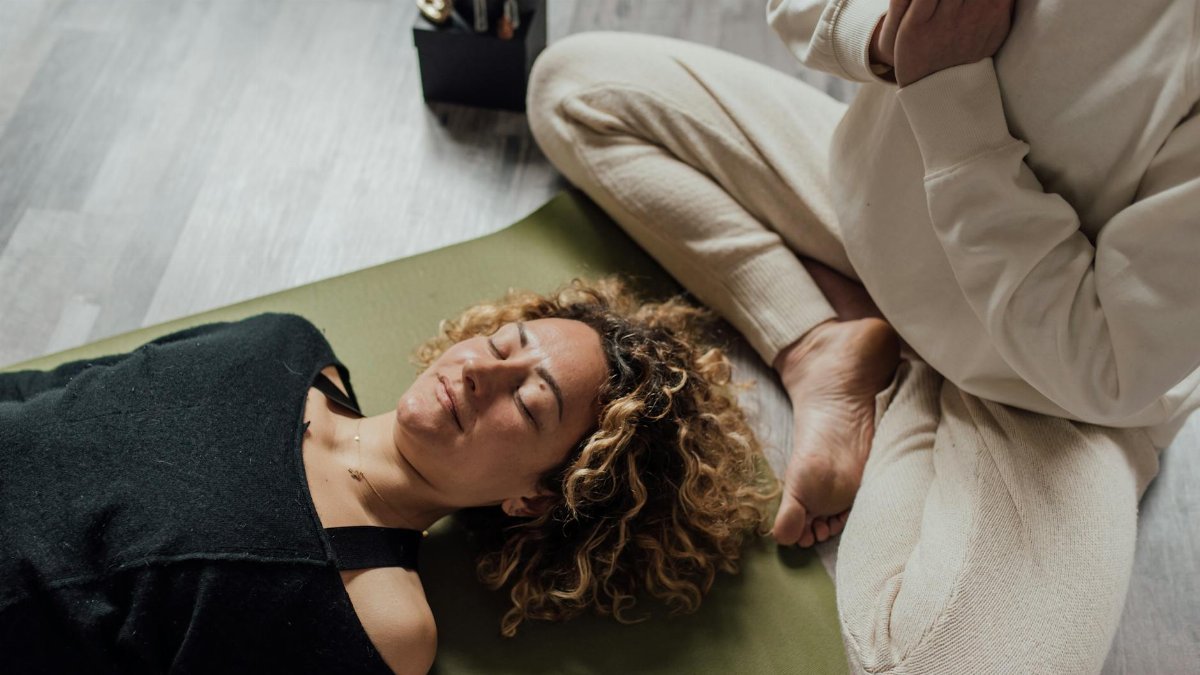
Known as Nadi Shodhana in yoga, alternate nostril breathing balances the body’s energy. Close your right nostril with your thumb, inhale through the left, then close the left and release the right to exhale. Switch sides. Repeat for a few cycles. This practice, supported by findings on NIH databases, can lower blood pressure and enhance mental clarity. It’s a quiet ritual for midday resets, especially when emotions feel uneven.
5. Resonant Breathing for Heart Harmony
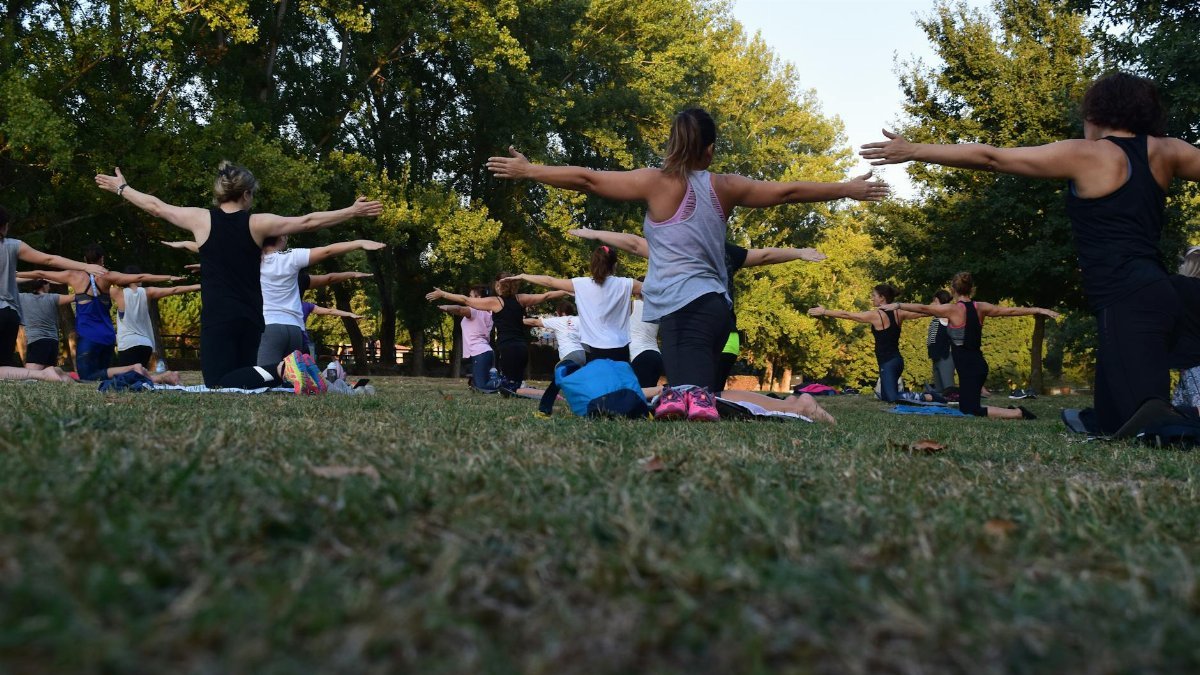
Resonant breathing aims for five to six breaths per minute, syncing breath with heart rate variability. Inhale for five seconds, exhale for five. Apps or a simple timer can help maintain pace. This technique boosts emotional regulation, often used in therapeutic settings. Imagine a parent, frazzled after a long day, sitting quietly on the porch with this rhythm—tension eases as the heart finds its natural cadence.
6. Pursed Lip Breathing for Physical Ease
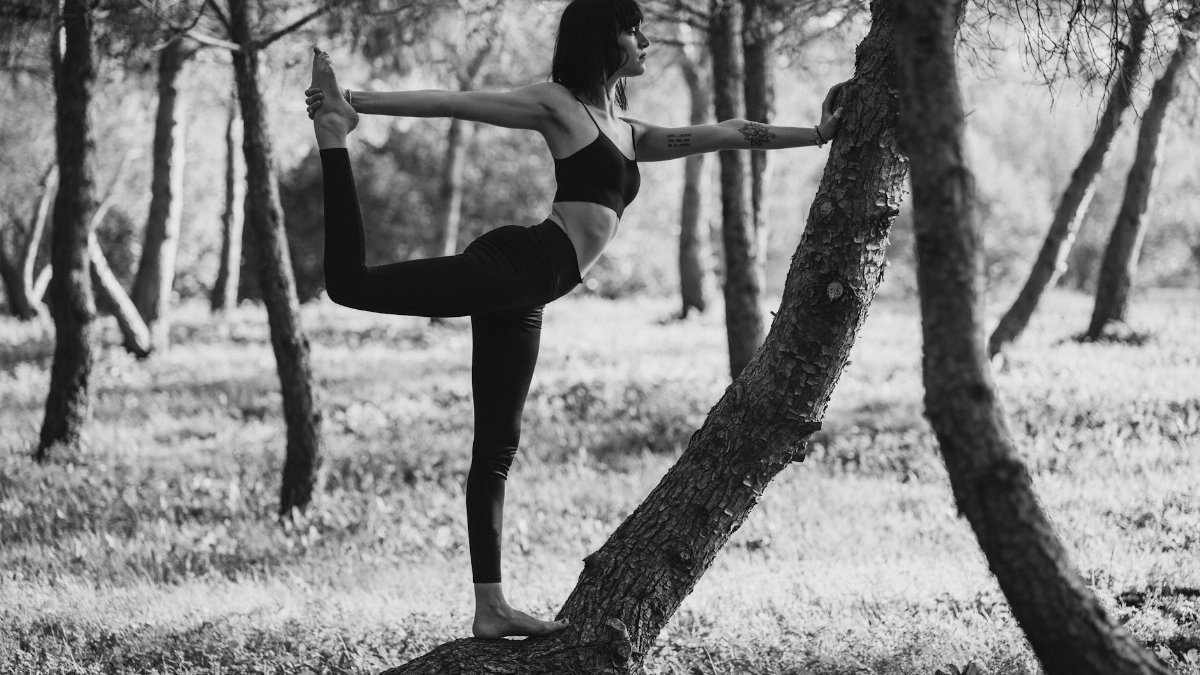
For those with respiratory challenges or during exertion, pursed lip breathing helps. Inhale through the nose, then exhale slowly through pursed lips, as if blowing out a candle. This creates backpressure, keeping airways open longer. It’s a practical tool for managing breath during a brisk walk or stair climb, grounding the body in steady effort.
7. Lion’s Breath for Emotional Release

Sometimes, stress needs an outlet. Lion’s Breath, a yoga staple, delivers. Inhale deeply through the nose, then exhale forcefully through an open mouth, sticking out your tongue and roaring if you dare. It releases tension in the face and chest, often leaving a surprising lightness. Try it privately after a frustrating call; the absurdity can even spark a laugh.
8. Sitali Breath for Cooling Down
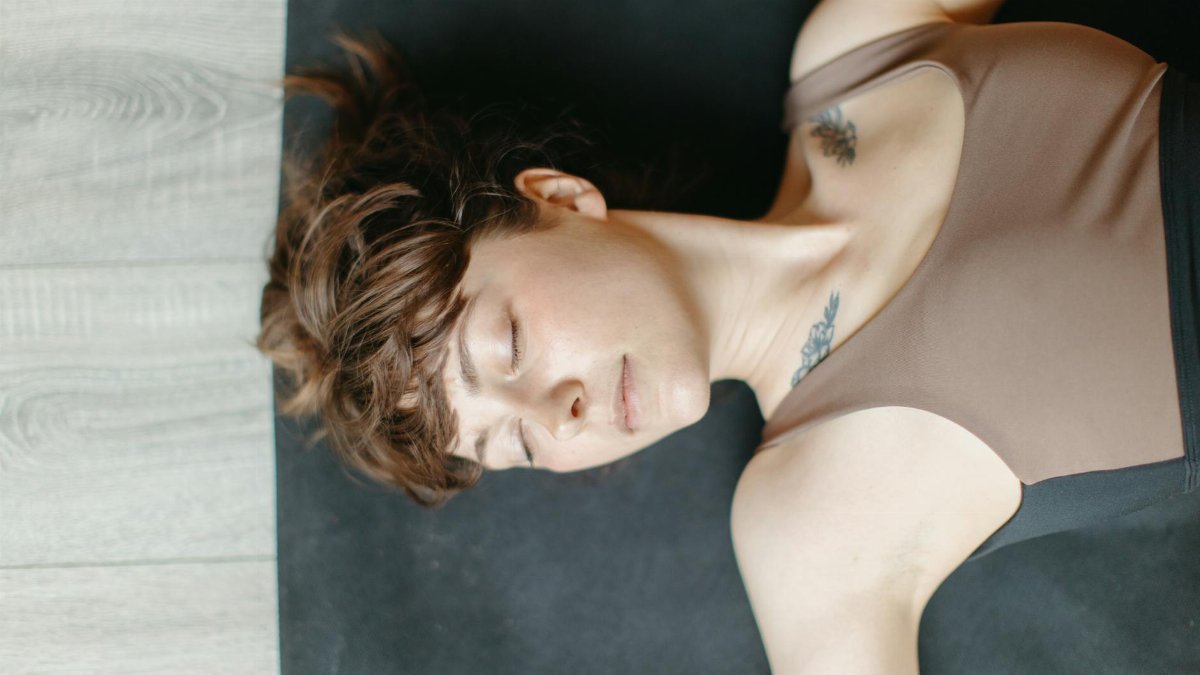
Feeling overheated or irritable? Sitali breath cools the system. Roll your tongue into a tube (or purse lips if you can’t), inhale through it like sipping air, then exhale through the nose. This ancient practice lowers body temperature and calms agitation. It’s a subtle trick for hot summer days or heated arguments, offering a literal and figurative cool-down.
9. Breath of Fire for Energy Surge
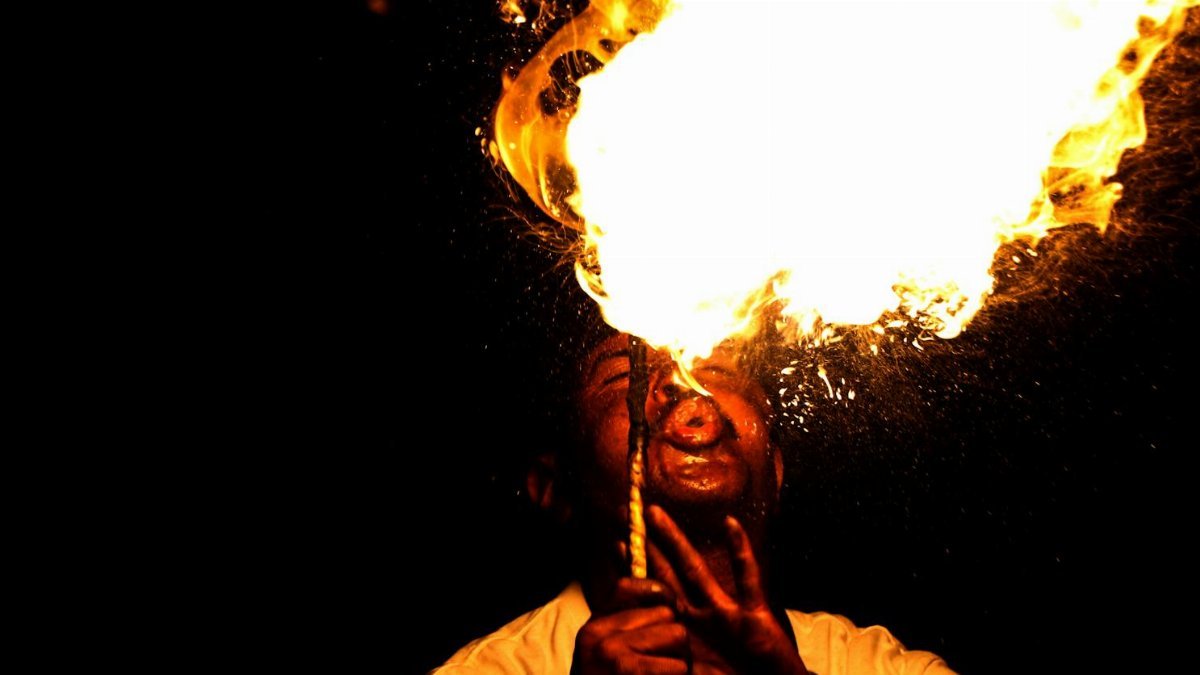
Need a quick jolt without caffeine? Breath of Fire, a Kundalini yoga technique, involves rapid, shallow breaths from the diaphragm. Keep exhales active and sharp, about two to three per second, for 30 seconds. It oxygenates the blood, sparking alertness. Start slow if new to it—overdoing can dizzy. It’s a morning wake-up rivaling any espresso shot.
10. Extended Exhale for Anxiety Relief

Anxiety often shortens breath. Counter it with extended exhales. Inhale for three seconds, exhale for six or more, focusing on emptying the lungs. This slows the fight-or-flight response. Picture someone waiting for important news, using this to quiet racing thoughts. The exhale becomes a soft anchor, pulling focus back to the present.
11. Humming Breath for Inner Peace

Also called Bhramari, humming breath soothes with vibration. Inhale deeply, then exhale with a low hum, lips closed. The sound resonates in the skull, calming the mind. It’s a discreet practice for stressful environments—think a crowded subway or tense office. The hum feels like a private shield against external noise.
12. Three-Part Breath for Body Awareness
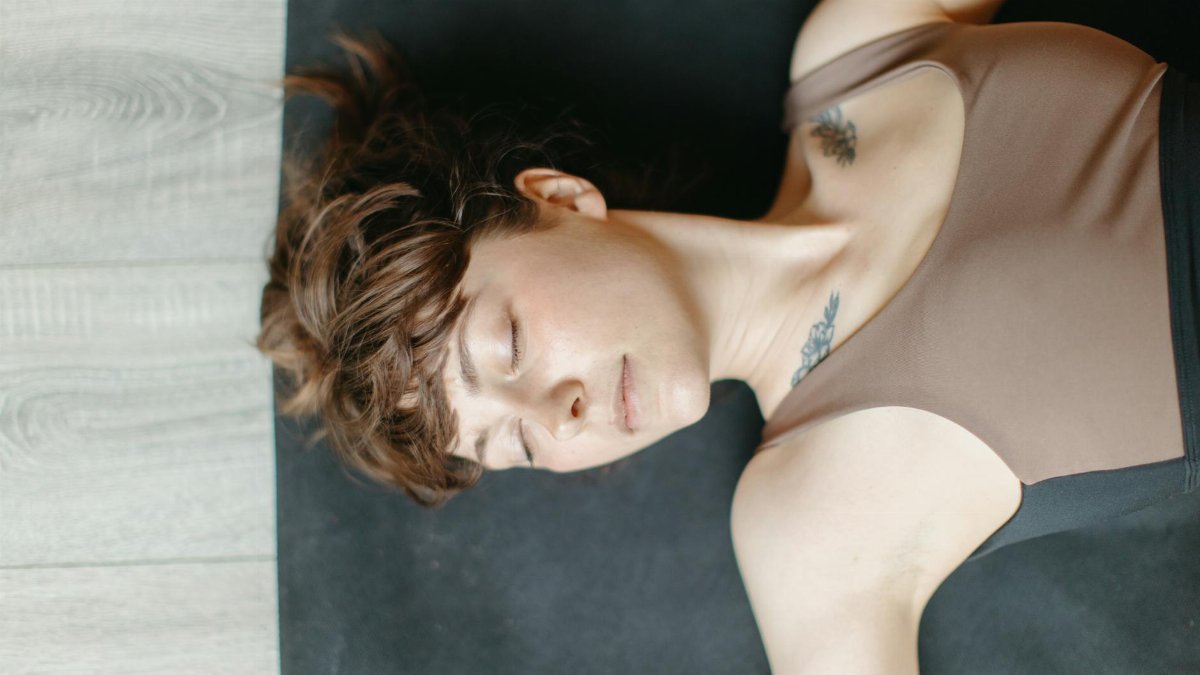
This technique builds connection to the body. Inhale in three stages: first into the belly, then ribs, then chest. Exhale in reverse. It maximizes lung capacity and mindfulness. Use it during a quiet moment at home, noticing how each part of the torso engages. Awareness itself becomes a form of breath regulation.
13. Kapalbhati for Mental Clarity
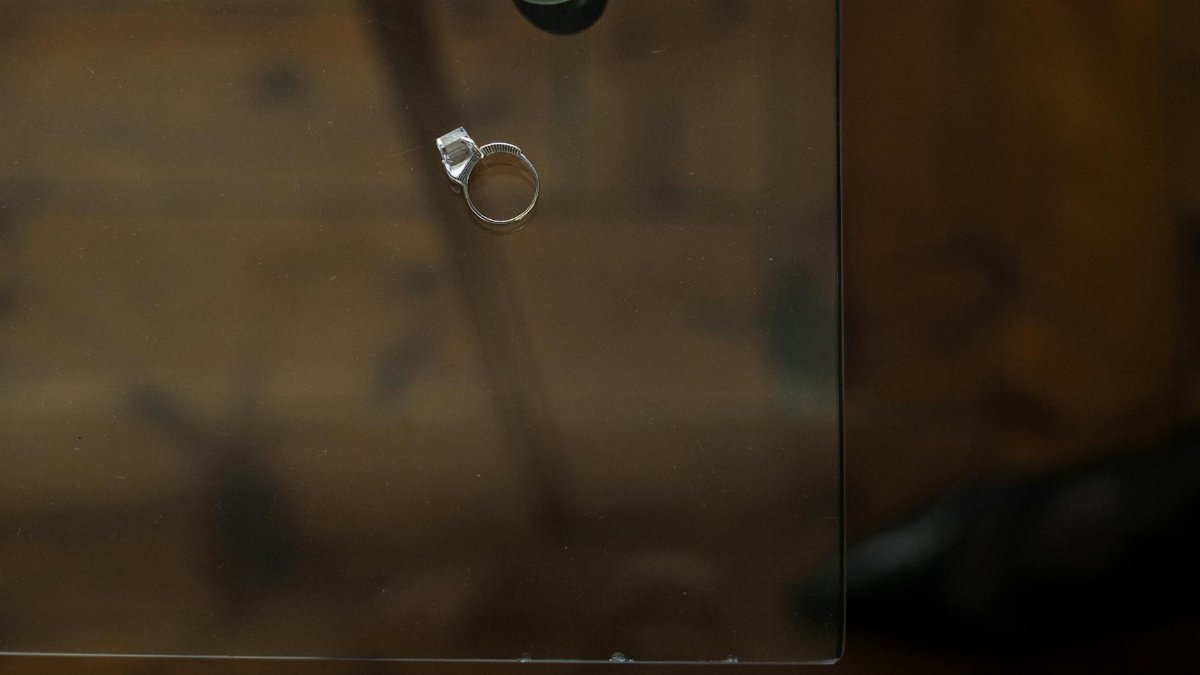
Kapalbhati, or skull-shining breath, involves short, forceful exhales through the nose while pulling the navel in, letting inhales happen passively. Do 20-30 rounds. It’s invigorating, clearing mental fog. Best done on an empty stomach, it’s a go-to before brainstorming or decision-making, cutting through sluggishness with precision.
14. Coherent Breathing for Emotional Stability
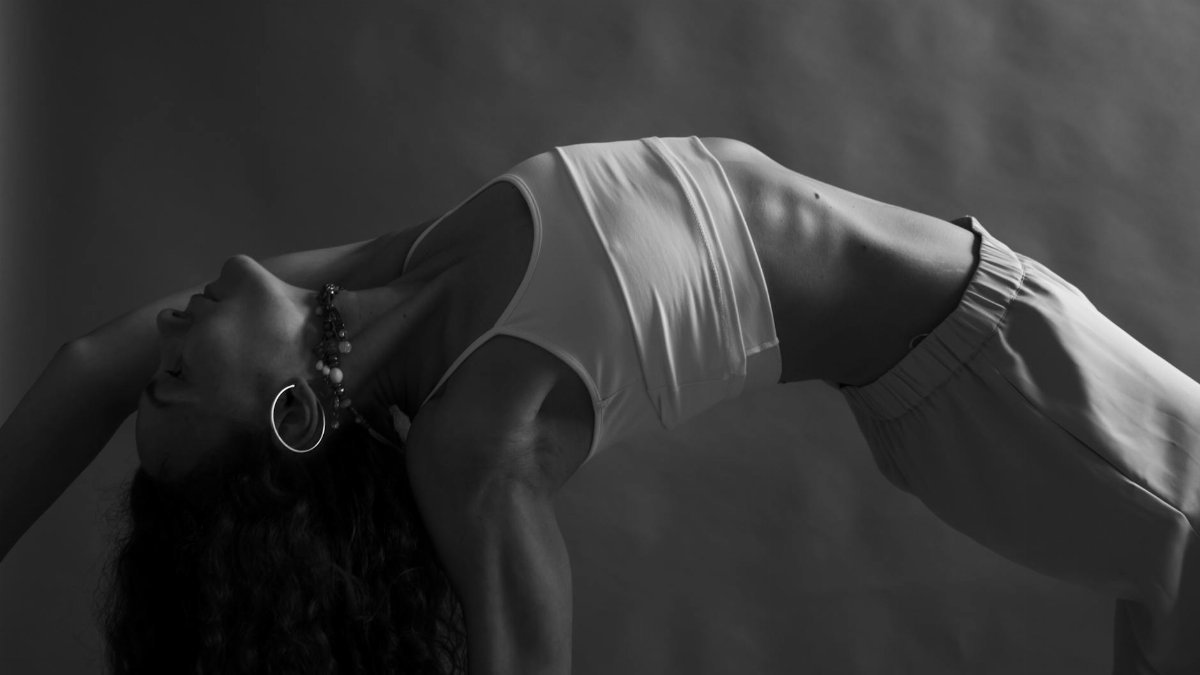
Similar to resonant breathing, coherent breathing targets a five-second inhale and exhale cycle. It’s often paired with biofeedback in clinical settings to stabilize mood. One person recently shared anonymously online feeling “finally steady” after weeks of using this during panic spikes. It’s a slow build but offers lasting calm when practiced daily.
15. Mindful Breathing for Everyday Integration

Lastly, mindful breathing requires no specific pattern—just attention. Notice each inhale and exhale without changing them. Sit or stand anywhere, observing the breath’s natural flow for a minute or two. It’s breath regulation at its simplest, weaving awareness into routine moments. Whether stuck in traffic or washing dishes, it turns the mundane into a pause for presence.
These 15 techniques show the breadth of breath regulation as a tool for modern life in 2025. From quick resets to deeper practices, there’s a method for every need—be it stress, focus, or sleep. They require no equipment, no cost, just a willingness to pause. Across the U.S., from urban centers to quiet suburbs, people are discovering that something as innate as breathing holds untapped power. A retiree in a mindfulness class once whispered to a neighbor, “I didn’t know I could feel this still.” That quiet realization captures the essence. The next step? Pick one technique, try it for a week, and notice what shifts. The breath, after all, is always with us, waiting to be shaped.
